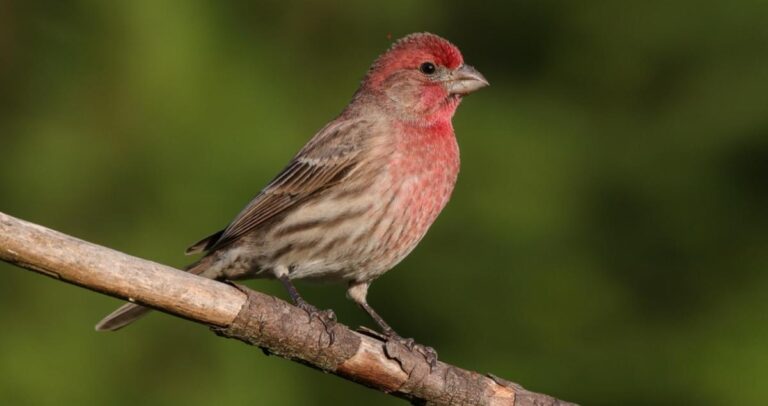Do Birds Get Struck by Lightning: Shocking Truth
Birds are an amazing creation of nature, and their ability to soar through the skies with such grace and agility is nothing short of awe-inspiring.
However, amidst their freedom in the open skies, there are many risks that birds face, including the potential danger of being struck by lightning.
This raises the question: do birds get struck by lightning?
The Dangers of Lightning for Birds
Before we dive into the question of whether birds can get struck by lightning, it is essential to understand the dangers of lightning for birds.
Lightning is a powerful electrical discharge that occurs during thunderstorms, and it can be incredibly dangerous for birds.
When lightning strikes, it generates an enormous amount of heat and can create a shock wave that can stun or kill nearby animals.
Birds that are flying in the air during a thunderstorm are at risk of being struck by lightning.
The electric discharge can cause injuries such as broken wings, blindness, and internal organ damage, which can lead to death.
The Science of Lightning and Birds
Birds have a unique anatomy that helps them deal with the threat of lightning strikes. Their feathers act as insulation, which can help to protect them from electrical currents.
Additionally, birds are able to detect changes in the electromagnetic field, which can give them a warning of an impending lightning strike.
However, despite these unique adaptations, birds are not completely immune to the dangers of lightning strikes.
In fact, several species of birds have been observed to be struck by lightning in the wild.
Real-Life Examples of Birds Struck by Lightning
One notable example of birds being struck by lightning occurred in Florida in 2018. A group of 80 or so turkey vultures was found dead on a farm, with no visible signs of injury.
Upon closer inspection, it was discovered that the birds had been struck by lightning, and the electric discharge had caused internal damage.
In another instance, a group of birds was struck by lightning in South Dakota. The birds, which were flying in a V-formation, were hit by lightning during a thunderstorm.
One of the birds was killed instantly, while others suffered injuries ranging from a broken wing to blindness.
While these incidents are rare, they do show that birds are not entirely safe from the dangers of lightning strikes.
What Can Be Done to Protect Birds from Lightning?
While birds are not completely immune to the dangers of lightning, there are steps that can be taken to reduce the risk of injury or death.
For example, during thunderstorms, birds can seek shelter in trees or other structures that offer protection from the elements.
Additionally, when constructing structures such as power lines or wind turbines, it is essential to take into account the potential impact on bird populations.
By designing structures that are bird-friendly, it is possible to reduce the risk of birds being struck by lightning or colliding with structures.
Conclusion
While birds have unique adaptations that help them deal with the threat of lightning strikes, they are not entirely safe from the dangers of this powerful electrical discharge.
While rare, incidents of birds being struck by lightning have been observed in the wild.
To protect bird populations, it is important to take into account the potential impact of human-made structures on bird habitats and behaviors.
By doing so, we can reduce the risk of birds being injured or killed by lightning strikes and other threats.
Overall, while the dangers of lightning for birds cannot be eliminated entirely, we can take steps to minimize the risk and protect these magnificent creatures as much as possible.

